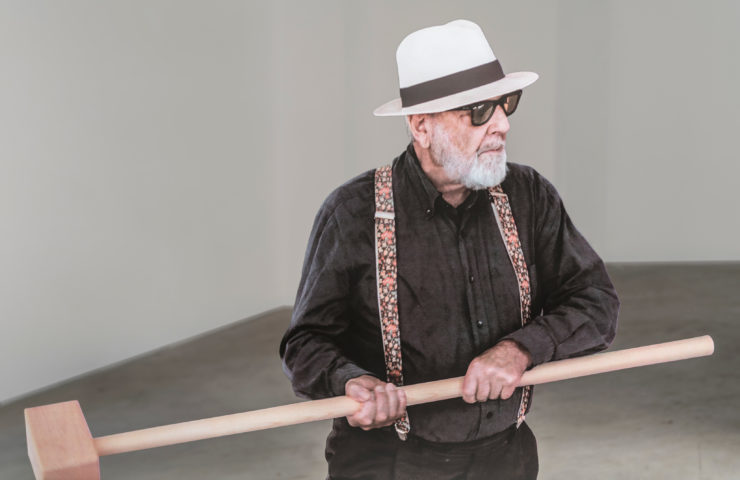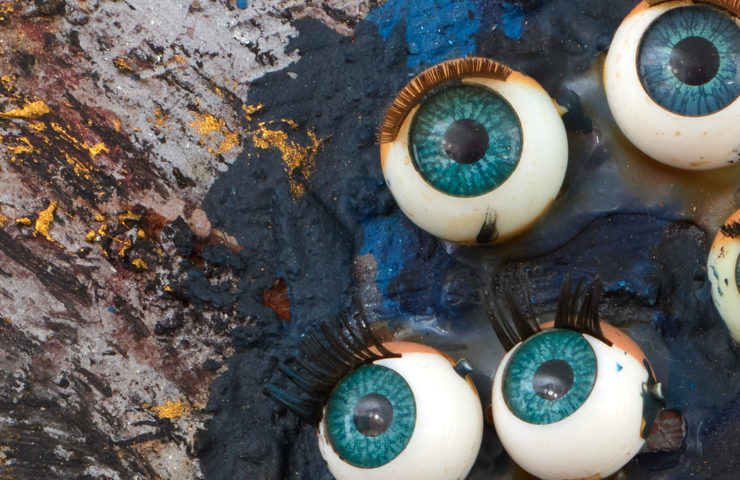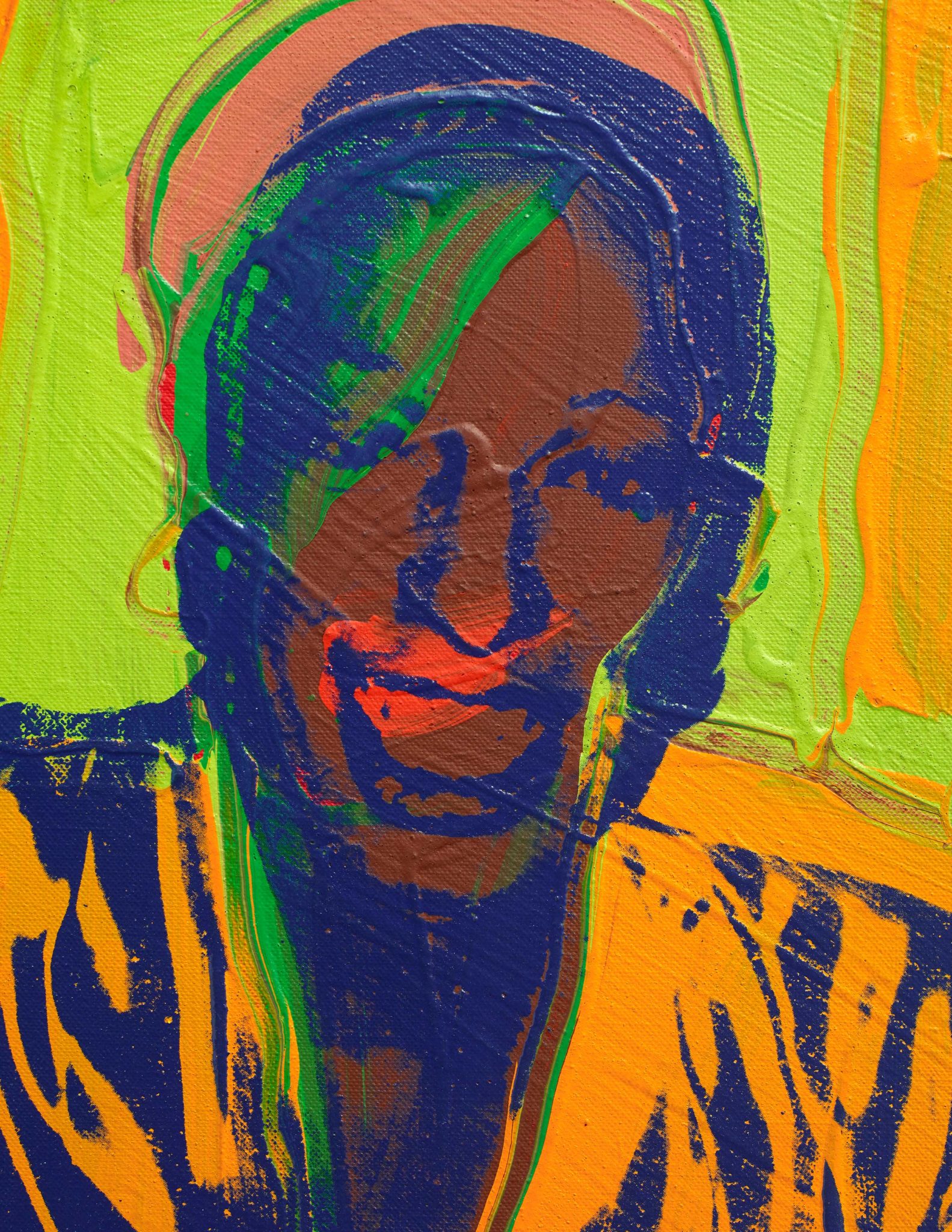Andy Warhol
Ladies and Gentlemen (Wilhelmina Ross), 1975
Silkscreen ink on synthetic polymer paint on canvas
Four parts, each 14 x 11 inches (35.6 x 27.9 cm)
© The Andy Warhol Foundation for the Visual Arts, Inc. / Artists Rights Society (ARS), New York
Photo: Stephen White
The sitters are feminine, strong, and beautiful … [Warhol] painted them like he did all of his portraits: as icons.
—Jessica Beck
Ladies and Gentlemen, portraits of drag queens by Andy Warhol, has the unusual distinction of being one of the largest painting series among his most lucrative and most ambitious commissions, but is probably among his least known body of work. Initially commissioned by Italian art dealer Luciano Anselmino, Warhol’s series would eventually consist of 268 paintings, approximately sixty-five drawings and collages, and a portfolio edition of ten prints. Between August 1974 and January 1975, Warhol shot more than five hundred Polaroids of fourteen sitters, who had been recruited by Bob Colacello, Ronnie Cutrone, and Corey Tippin. As a project, this was in itself unprecedented, giving voice and representation to a largely marginalized culture at the time thriving in New York.
The subject of the present grouping is Wilhelmina Ross, who was not named in the title at the time of the work’s production. Of all the sitters, Warhol seemed the most taken with her, snapping fifty-two Polaroids and producing seventy-three paintings. This group of Ross’s portraits has been exhibited together since its debut at the traveling 2004 exhibition Andy Warhol: The Late Work. The editor and researchers of Warhol’s catalogue raisonné discovered her connection through a chance encounter: following Gagosian’s 1997 exhibition of a selection of Ladies and Gentlemen works, the Warhol Foundation received a call from Jimmy Camicia. The founder of the radical underground drag theatre company Hot Peaches had recognized Ross, one of the troupe’s former performers. In the portraits, Ross is luminous, beaming at the viewer with an open gaze, her hand elegantly draped over her head or around her neck. Warhol was drawn to the glamour and decadence of the classic Hollywood era, which he found being radically reinvented in the drag scene of nightclubs in downtown New York City. Like his ’60s portraits of Liz Taylor, Marilyn Monroe, and Jacqueline Onassis, the Ladies and Gentlemen paintings contribute to Warhol’s study of contemporary femininity, which attributed empowerment and independence to his subjects.
-

Andy Warhol
Ladies and Gentlemen (Wilhelmina Ross), 1975
-

Eduardo Chillida
Gure aitaren etxea, 1984
-

Carol Rama
Presagi di Birnam (Omens of Birnam), 1994
-

Mario Schifano
Untitled, 1975
-

Michelangelo Pistoletto
Rottura dello specchio–azione 2, 2017
-

Lygia Clark
Bicho em Si – Pq, 1966
-

Frank Stella
Untitled, 1969
-

Enrico Castellani
Superficie argento, 2006
-

Jana Euler
Dirty Gossip Rain, 2013
-

Carol Rama
Bricolage, 1963
-

Mickelane Thomas
Sugar Baby, 2004





